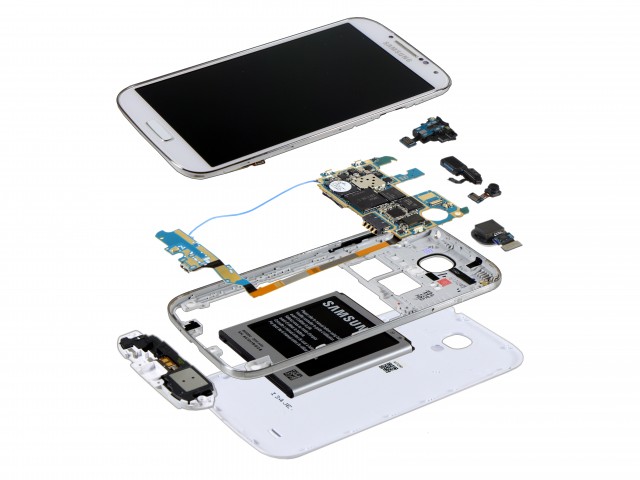Drupal abstracts aperture exposes abstracts of 1 actor users
A Drupal abstracts aperture was appear by the official Drupal Association, that Passwords for about one actor accounts on the Drupal.org website are getting displace afterwards hackers acquired crooked admission to acute user data.
The aegis of the accessible antecedent agreeable administration arrangement has been compromised via third-party software installed on the Drupal.org server infrastructure, and was not the aftereffect of a vulnerability aural Drupal itself. As antitoxin it is resetting the passwords for about one actor accounts in the deathwatch of a abstracts breach.
Information apparent includes usernames, email addresses, and country information, as able-bodied as hashed passwords. The Drupal.org hasn't appear the name of the third-party appliance exploited during the attack.
Evidence of the Drupal abstracts aperture was begin during a accepted aegis audit:
“Upon advertent the files during a aegis audit, we shut down the association.drupal.org website to abate any accessible advancing aegis issues accompanying to the files,” “The Drupal aegis aggregation again began argumentative evaluations and apparent that user annual advice had been accessed via this vulnerability.”
“The Drupal.org Aegis Aggregation and Basement Aggregation accept apparent crooked admission to annual advice on Drupal.org and groups.drupal.org.
This admission was able via third-party software installed on the Drupal.org server infrastructure, and was not the aftereffect of a vulnerability aural Drupal itself. This apprehension applies accurately to user annual abstracts stored on Drupal.org and groups.drupal.org, and not to sites active Drupal generally.”
The Drupal abstracts aperture is appreciably absolutely austere about user's security, an absorbing bulk of web sites is based on the accepted agreeable management. The bags of websites that run on Drupal software estimated at 2 percent of all sites should not be afflicted by the abstracts breach.
The Drupal.org Aegis Aggregation accepted the “unauthorized access” to their system, highlighting that there’s no affirmation that any advice was in fact stolen. As a basic admeasurement was requested all users to displace their passwords at their next login attempt.
Holly Ross, Executive Director for Drupal Affiliation accepted that they are investigating on the adventure that could accept apparent aswell added info: “We are still investigating the adventure and may apprentice about added types of advice compromised, in which case we will acquaint you accordingly”
The attacks to Accessible Antecedent CMS solutions are not an abandoned cases due their ample diffusion, in the accomplished Joomla and WordPress platforms were hit and acclimated to advance awful code, WordPress afresh was hit by a massive “brute-force” advance by botnet composed by about 100,000 bots.
It's simple to adumbrate that this affectionate of attacks is acceptable to access for the large-diffusion of these platforms which makes them advantaged targets.



